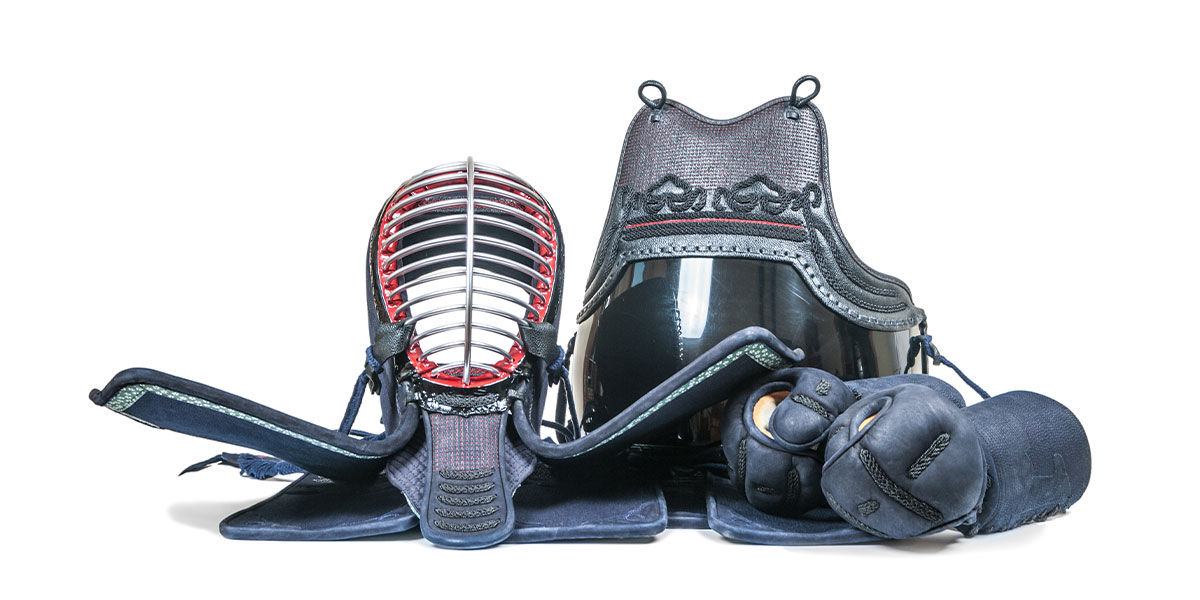Kendo is a traditional Japanese martial art that focuses on swordsmanship using a bamboo sword called “shinai.” Practitioners wear specific equipment to protect themselves and their opponents during training and competitions. Here’s a rundown of the essential kendo equipment:
Shinai (竹刀): A practice sword made of bamboo, consisting of four slats held together by leather fittings. It simulates a katana, the traditional Japanese sword.
Men (面): The headgear, also known as a kendo mask or helmet. It covers the head, neck, and throat, providing protection while allowing the practitioner to see and breathe.
Do (胴): The torso protector, made of thick fabric or leather with bamboo or plastic inserts. It covers the chest and abdomen.
Kote (小手): The hand and forearm protectors, usually made of thick fabric with kote-gashira (padding) on the back of the hand and fingers.
Tare (垂れ): The waist protector, a piece of equipment that hangs from the waist and covers the hips and thighs.
Hakama (袴): The traditional Japanese pleated pants worn over the kendo-gi (training uniform). It is made of sturdy fabric and helps protect the legs during training.
Kendo-gi (剣道着): The training jacket, often made of heavy cotton to withstand rigorous training.
Tenugui (手拭い): A small towel used for wiping sweat and worn underneath the men for added comfort and to prevent sweat from running down the face.
Tsuba (鍔): A handguard that is placed on the shinai, especially during practice.
Bogu Bag: A special bag designed to carry and store the kendo equipment.
When purchasing kendo equipment, it’s essential to ensure that it meets safety standards and fits the practitioner correctly.
